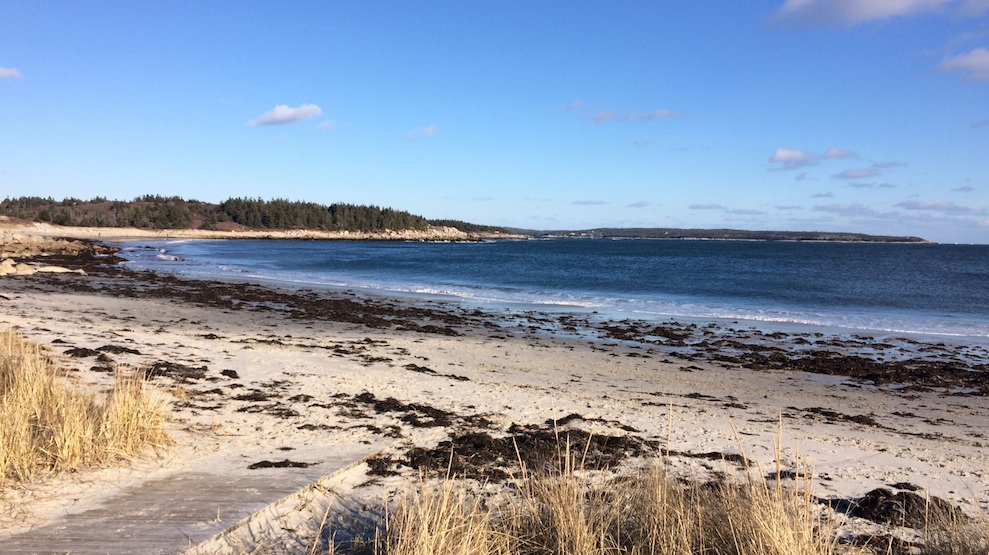Tourism
Nova Scotia respects its whales
The province’s whale watching industry offers an ethical alternative to seeing animals in captivity

caption
Nova Scotia's coast provides many opportunities for whale watching - mainly in the Bay of Fundy or on Cape Breton.
caption
Nova Scotia’s coast provides many opportunities for whale watching, mainly in the Bay of Fundy or on Cape Breton Island.Following ethical concerns about watching whales in captivity, Nova Scotian whale watching companies are putting customers’ minds at ease.
The public’s discomfort on interacting with whales in captivity has increased in the last few years, and was brought to the forefront on social media with the death of an orca named Tilikum. The whale, which was the subject of the 2013 documentary Blackfish, was held for over 20 years by SeaWorld. In the wake of the uproar, Nova Scotian whale watching companies are offering an alternative.
Nova Scotia is a hotbed for whale watching, with many businesses operating along the coasts of the mainland and Cape Breton Island. Tourism Nova Scotia ranks whale watching as one of the province’s top attractions, with tour operators reporting an increased demand over the past three years.
Brier Island Whale and Seabird Cruises has been offering whale tours in the Bay of Fundy for 31 years, according to Chief Naturalist Shelley Lonergan. She says her company has a set of rules to ensure local marine life are properly treated.
“We respect the whales, that’s the biggest thing,” she says of the difference between interacting with whales in captivity versus seeing whales in the wild.
“We respect distance; we respect that they don’t want to be overcrowded. Our code of ethics mandates that there should only be two boats with a whale at one time and to limit that to a thirty-minute viewing.”
This standard of treatment is worlds away from that of many marine parks, where in addition to living in small tanks, whales must perform tricks to entertain the public.
Whale watching used to be possible anywhere in the province where land met sea, but John Richardson of Peggy’s Cove Boat Tours says sightings have declined in offshore areas near Halifax.
“I send everybody to either Cape Breton — to Cheticamp or Ingonish — or to Brier Island,” he says.
Halifax whale enthusiasts may have to travel farther to see the marine mammals but once they do, at places like Brier Island, sightings are virtually guaranteed.
Lonergan says the success rate is “pretty good; I would say 98 per cent.” The Bay of Fundy has a wide range of whales, including humpback whales, blue whales, sperm whales and even an orca on occasion.
Popular global travel company TripAdvisor recently made waves — and new fans — after it announced in late 2016 that it would not be selling tickets for attractions that harm or mistreat animals.
In a press release, TripAdvisor president Stephen Kaufer called the company’s new regulations “a means to do our part in helping improve the health and safety standards of animals, especially in markets with limited regulatory protections.”
Activities like whale watching make the cut for appropriate animal treatment and reviewers on sites, including TripAdvisor, are giving the province’s whale tour businesses the thumbs up, Tourism Nova Scotia’s Nick Fry says.
“The experience is all about ‘seeing the whales’ and the high success rate both in Cape Breton and the Bay of Fundy is a key contributing factor to the positive reviews,” says Fry. “Travelers are demanding and have high expectations for experiences that are authentic and memorable. The journey to see the whales, including the trip on the ocean, is a big part of experience — nature viewing is the number one activity of our target market.”
Lonergan agrees. “It’s better to see (the whales) in their own habitat; they’re not being forced to do something they’re trained to do,” she says. “It’s nature at its best.”

